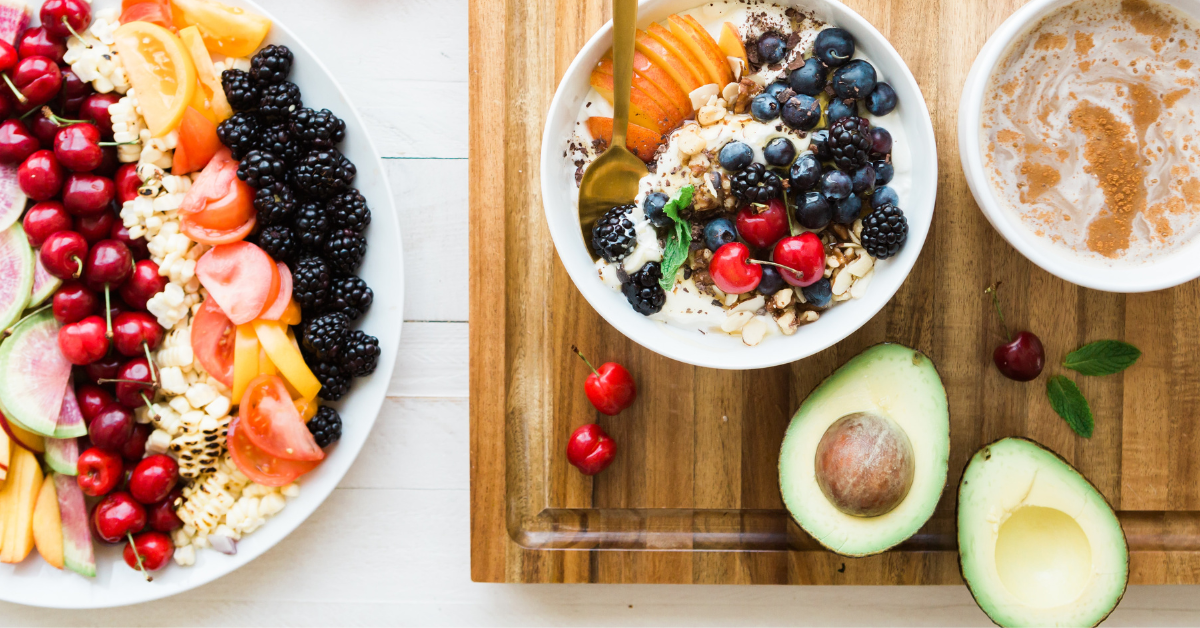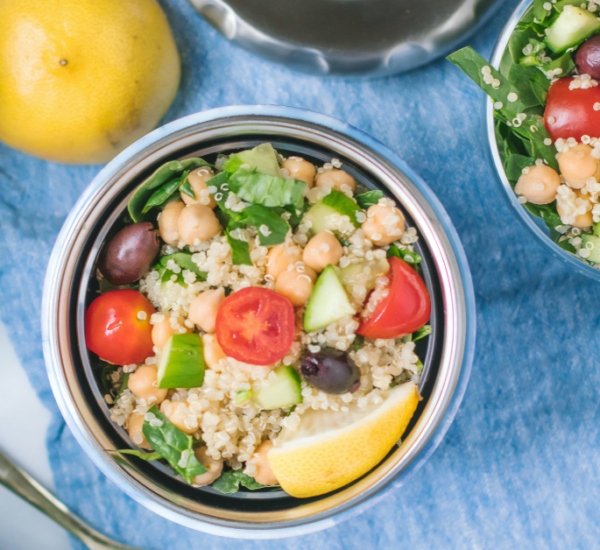Reviewed by: Erica An, APD, BNutr&Diet
Gone are the days of simply selecting between white or brown bread at the supermarket. Presently, shelves are being seen as stocking everything from high fibre to calcium-enriched! With so much choice is it really any wonder we’re confused about which bread is best?
To help cut through the confusion here’s our low-down on commercial breads.
hi
White Bread
Made from highly processed grains that have been stripped of their fibre, white bread is your least nutritious choice. These breads are rapidly digested which lead to big spikes in blood glucose levels – making it difficult to manage your weight and satiety levels. If you must eat white bread, choose one with added fibre or that is advertised as low GI.
Wholemeal Bread
Known by many as ‘brown bread’, wholemeal bread is typically made using ground wholegrains. This bread packs a nutritional punch, however, it is usually high GI. Be careful with some wholemeal options as they are often made using a combination of white and wholemeal flour. Look for wholemeal bread made with 100% wheat, rye or spelt.
Wholegrain Bread
Made using wholemeal flour and intact grains, these breads are your best choice. Wholegrains have a superb nutritional profile as they are high in fibre and contain more vitamins, minerals and antioxidants. They are particularly rich in B group vitamins (necessary for energy production) and are slowly digested to keep you feeling fuller for longer. Wholegrains also play an important role in reducing our risk of heart disease, type 2 diabetes and colon cancer.
Most nutritious are those dark and dense with plenty of ‘bits and pieces’. Look for breads with words like ‘stoneground’ and ‘wholegrain’ and that visibly contain a variety of seeds and grains.
Multigrain Bread
Multigrain bread, unfortunately, is often just white bread made ‘fancy’ with added grains. As with white and wholemeal, these breads are quickly digested so you’re better off selecting a low GI wholegrain option.
Sourdough
Traditional sourdough is made using a slow fermentation process that creates a delicious chewy texture and is low GI. Sourdough’s unique ingredients mean it doesn’t require added preservatives (that other supermarket breads contain), and its nutrients are more readily absorbed by the body. Your best sourdough picks are those made with both wholegrains and wholemeal flour.
Gluten-Free
While necessary for those with wheat or gluten intolerance, most gluten-free breads are high GI and made using mostly rice, tapioca and potato flour. For a nutritional boost look for breads that also contain seeds and flour made from chickpea, lupin or quinoa. And if you’re not coeliac or have a gluten intolerance, you’re better off opting for wholegrain or sourdough breads, rather than gluten-free varieties, for the most nutritious option!
Functional Breads
Take a walk down the bread aisle and you’ll see a range of breads with added ingredients such as omega-3, prebiotics, fibre and those with added calcium and iron. Whilst not as nutritious as wholegrain options, these are a better option for fussy kids (or adults) who won’t venture beyond white bread but want the nutritional boost.
The Verdict?
The clear winners are wholegrain and sourdough breads with plenty of visible grains. Stay away from plain white, and try to look for the most nutritional bang for your buck!
Bread is just the beginning of what we can teach! To find out more about the 12WBT nutrition programs, visit us here.








